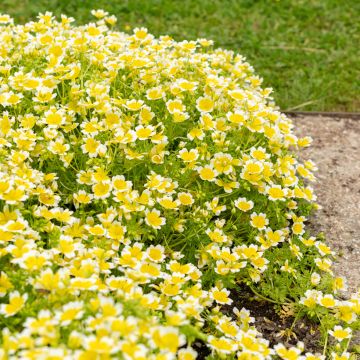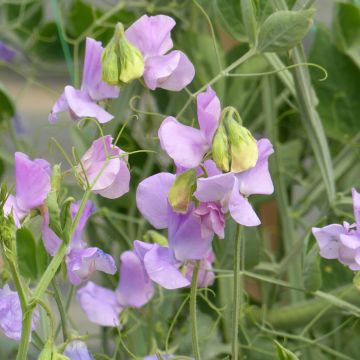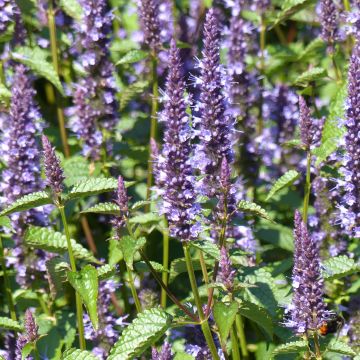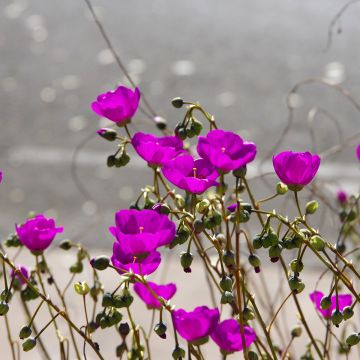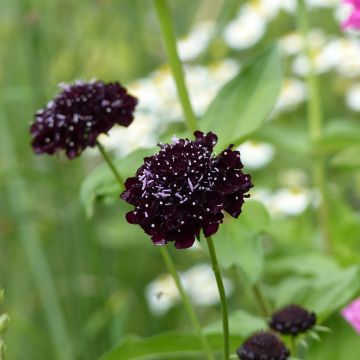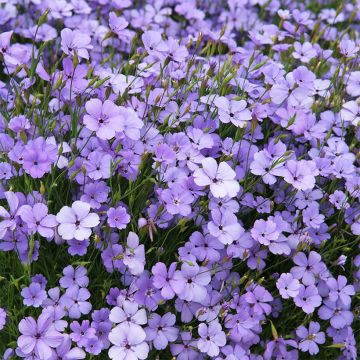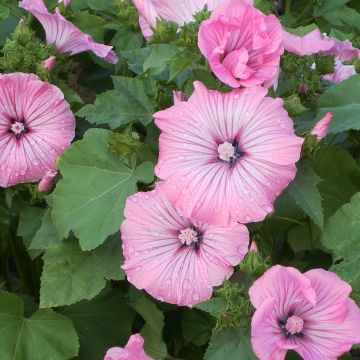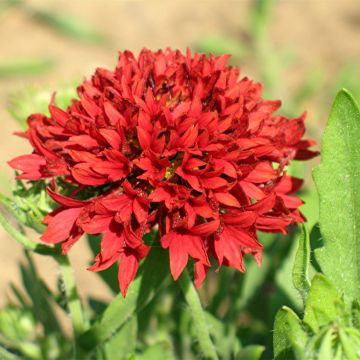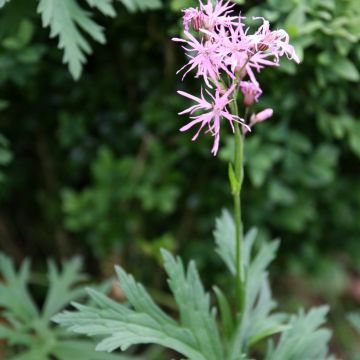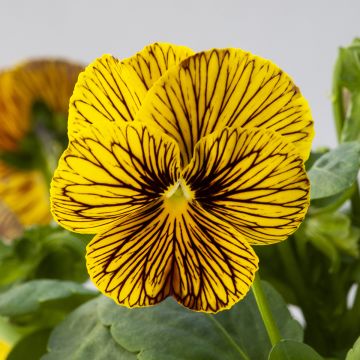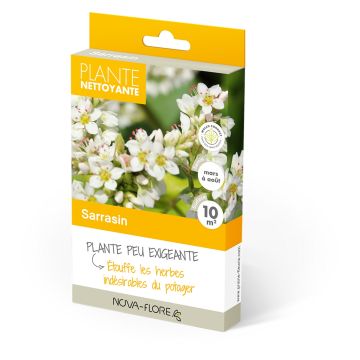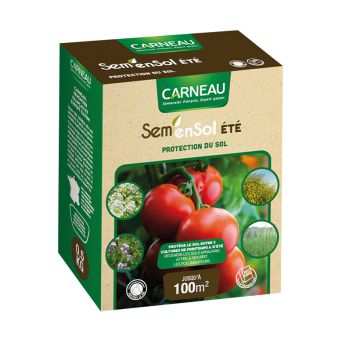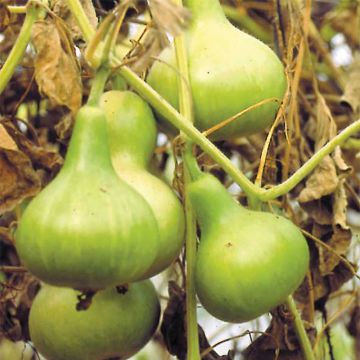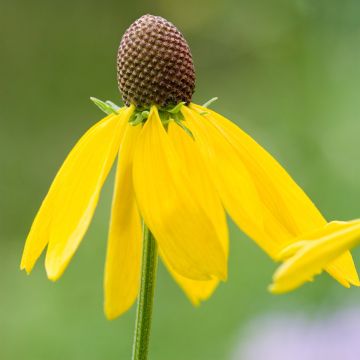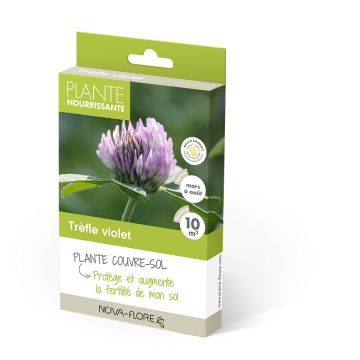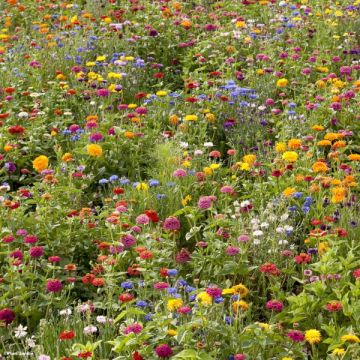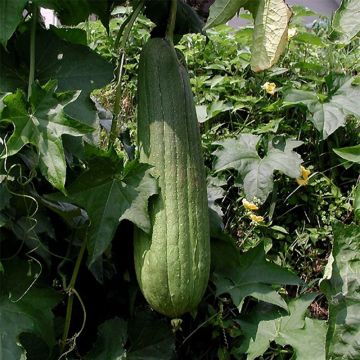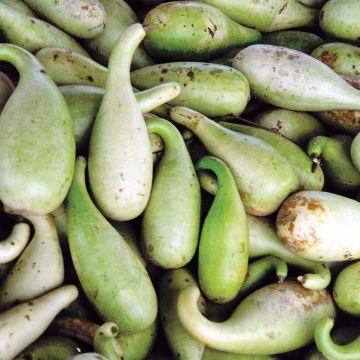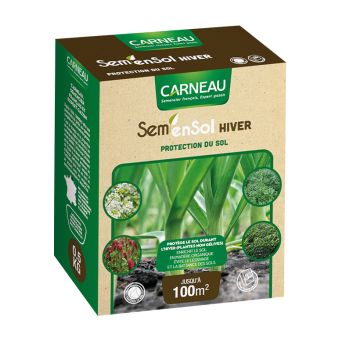Shipping country and language
Your country of residence may be:
Your country of residence is:
For a better user experience on our website, you can select:
Your shipping country:
-
Andorra
-
Austria
-
Belgium
-
Bulgaria
-
Canada
-
Chile
-
Croatia
-
Cyprus
-
Czechia
-
Denmark
-
Estonia
-
Finland
-
France
-
Germany
-
Greece
-
Hungary
-
Iceland
-
Ireland
-
Italy
-
Latvia
-
Lithuania
-
Luxembourg
-
Malta
-
Monaco
-
Netherlands
-
Poland
-
Portugal
-
Romania
-
Slovakia
-
Slovenia
-
Spain
-
Sweden
-
Switzerland
-
United Kingdom
We only deliver seed and bulb products to your country. If you add other products to your basket, they cannot be shipped.
Language:
-
French
-
German
-
Spanish
-
English
-
Italian
My Account
Hello
My wish lists
Log in / Register
Existing customer?
New customer?
Create an account to track your orders, access our customer service and, if you wish, make the most of our upcoming offers.


Madia elegans Tropical Fruits - Elegant Tarweed seeds
Madia elegans Tropical Fruits - Elegant Tarweed seeds
Madia elegans Tropical Fruits
Common Madia, Elegant Tarweed
It's a shame that some packages are not in French.
Marie Christine G., 14/01/2019
Order in the next for dispatch today!
Dispatch by letter from €3.90.
Delivery charge from €5.90 Oversize package delivery charge from €6.90.
More information
This item is not available in your country.
Schedule delivery date,
and select date in basket
This plant carries a 6 months recovery warranty
More information
We guarantee the quality of our plants for a full growing cycle, and will replace at our expense any plant that fails to recover under normal climatic and planting conditions.
Seed-only orders are dispatched by sealed envelope. The delivery charge for seed-only orders is €3.90.
Does this plant fit my garden?
Set up your Plantfit profile →
Description
Madia elegans 'Tropical Fruits' is an annual plant native to America and related to daisies. It is relatively unknown and deserves to be discovered for the aroma of its foliage, reminiscent of exotic fruits, and its long and highly fragrant summer flowering of radiant small yellow daisies touched with burgundy. This lovely plant should be placed near an entrance, or in a pot on the terrace or balcony to enjoy its fragrance as often as possible. Undemanding and easy to care for, it thrives in full sun or partial shade, in any well-drained soil.
Madia elegans belongs to the large Asteraceae family. It is an annual herbaceous plant native to the western part of North America, specifically a region ranging from southern Washington state to northern Baja California. In the wild, it grows in dry forests, disturbed areas, and high-altitude meadows. It is almost a 'weed', which could be mistaken for a Senecio when not in bloom.
The 'Tropical Fruits' selection has flowers that are quite pale yellow for the species, with deliciously aromatic foliage. Each plant develops in a matter of months into a clump of slender leafy stems covered with short and stiff, slightly sticky hairs. It is these hairs that contain the aromatic oil responsible for the distinctive fragrance. The small hairy leaves are narrow and elongated, linear, dark green with a touch of grey. Depending on the sowing date, it will flower from April to October-November. Sown in a heated shelter in March, it will flower from June to October. The inflorescences are small heads of approximately 3 cm (1in), composed of light yellow "rays" or ligules with a brown-red base, surrounding a central yellow disk. Each floral stem carries several highly fragrant heads at its tip, about 70-80 cm (28-32in) above the ground, which attract pollinating insects. The outer ligules curl up during the hottest hours of the day so that the "flower" opens in the morning and again in the late afternoon and remains open all night. They stay open even in cloudy or humid weather. The flowers are followed by fruits called achenes that birds enjoy.
Madia elegans Tropical Fruits will easily blend in with other annuals or perennials, in the ground or in pots. It is not picky about soil and is drought-tolerant, so it will fit in a countryside composition that requires very little maintenance. Pair it with California poppies, Nierembergia caerulea, or even with Catananche caerulea, wild chicory, Felicia, and Achillea in a long border. You can also plant it with Baptisias. To perfume the terrace, place it in a beautiful pot, with bright blue lobelias for example.
Report an error about the product description
Flowering
Foliage
Plant habit
Botanical data
Madia
elegans
Tropical Fruits
Asteraceae
Common Madia, Elegant Tarweed
North America
Other Flower seeds A to Z
Planting and care
Sow under glass in March-April, lightly covering the seeds (2 mm (0in) deep) and keeping them moist. Light promotes germination. You can also sow from February in a heated room. Germination usually takes 5 to 20 days at 15-21°C (59-69.8°F). Transplant into the ground from May to June when the soil is sufficiently warmed up and the young plants are manageable. Space the plants 35-45 cm (14-18in) apart. Then you can enjoy the flowers of this annual Madia from June to October.
Cultivation: this annual plant thrives in well-prepared ordinary soil, whether it is clayey or loamy, limestone, neutral or acidic. Although fairly drought-resistant, it will appreciate some moisture to support flowering. In pots, watering should be more abundant and the use of flower fertilisers is appreciated.
Sowing period
Intended location
-
, onOrder confirmed
Reply from on Promesse de fleurs
Flower seeds
Haven't found what you were looking for?
Hardiness is the lowest winter temperature a plant can endure without suffering serious damage or even dying. However, hardiness is affected by location (a sheltered area, such as a patio), protection (winter cover) and soil type (hardiness is improved by well-drained soil).

Photo Sharing Terms & Conditions
In order to encourage gardeners to interact and share their experiences, Promesse de fleurs offers various media enabling content to be uploaded onto its Site - in particular via the ‘Photo sharing’ module.
The User agrees to refrain from:
- Posting any content that is illegal, prejudicial, insulting, racist, inciteful to hatred, revisionist, contrary to public decency, that infringes on privacy or on the privacy rights of third parties, in particular the publicity rights of persons and goods, intellectual property rights, or the right to privacy.
- Submitting content on behalf of a third party;
- Impersonate the identity of a third party and/or publish any personal information about a third party;
In general, the User undertakes to refrain from any unethical behaviour.
All Content (in particular text, comments, files, images, photos, videos, creative works, etc.), which may be subject to property or intellectual property rights, image or other private rights, shall remain the property of the User, subject to the limited rights granted by the terms of the licence granted by Promesse de fleurs as stated below. Users are at liberty to publish or not to publish such Content on the Site, notably via the ‘Photo Sharing’ facility, and accept that this Content shall be made public and freely accessible, notably on the Internet.
Users further acknowledge, undertake to have ,and guarantee that they hold all necessary rights and permissions to publish such material on the Site, in particular with regard to the legislation in force pertaining to any privacy, property, intellectual property, image, or contractual rights, or rights of any other nature. By publishing such Content on the Site, Users acknowledge accepting full liability as publishers of the Content within the meaning of the law, and grant Promesse de fleurs, free of charge, an inclusive, worldwide licence for the said Content for the entire duration of its publication, including all reproduction, representation, up/downloading, displaying, performing, transmission, and storage rights.
Users also grant permission for their name to be linked to the Content and accept that this link may not always be made available.
By engaging in posting material, Users consent to their Content becoming automatically accessible on the Internet, in particular on other sites and/or blogs and/or web pages of the Promesse de fleurs site, including in particular social pages and the Promesse de fleurs catalogue.
Users may secure the removal of entrusted content free of charge by issuing a simple request via our contact form.
The flowering period indicated on our website applies to countries and regions located in USDA zone 8 (France, the United Kingdom, Ireland, the Netherlands, etc.)
It will vary according to where you live:
- In zones 9 to 10 (Italy, Spain, Greece, etc.), flowering will occur about 2 to 4 weeks earlier.
- In zones 6 to 7 (Germany, Poland, Slovenia, and lower mountainous regions), flowering will be delayed by 2 to 3 weeks.
- In zone 5 (Central Europe, Scandinavia), blooming will be delayed by 3 to 5 weeks.
In temperate climates, pruning of spring-flowering shrubs (forsythia, spireas, etc.) should be done just after flowering.
Pruning of summer-flowering shrubs (Indian Lilac, Perovskia, etc.) can be done in winter or spring.
In cold regions as well as with frost-sensitive plants, avoid pruning too early when severe frosts may still occur.
The planting period indicated on our website applies to countries and regions located in USDA zone 8 (France, United Kingdom, Ireland, Netherlands).
It will vary according to where you live:
- In Mediterranean zones (Marseille, Madrid, Milan, etc.), autumn and winter are the best planting periods.
- In continental zones (Strasbourg, Munich, Vienna, etc.), delay planting by 2 to 3 weeks in spring and bring it forward by 2 to 4 weeks in autumn.
- In mountainous regions (the Alps, Pyrenees, Carpathians, etc.), it is best to plant in late spring (May-June) or late summer (August-September).
The harvesting period indicated on our website applies to countries and regions in USDA zone 8 (France, England, Ireland, the Netherlands).
In colder areas (Scandinavia, Poland, Austria...) fruit and vegetable harvests are likely to be delayed by 3-4 weeks.
In warmer areas (Italy, Spain, Greece, etc.), harvesting will probably take place earlier, depending on weather conditions.
The sowing periods indicated on our website apply to countries and regions within USDA Zone 8 (France, UK, Ireland, Netherlands).
In colder areas (Scandinavia, Poland, Austria...), delay any outdoor sowing by 3-4 weeks, or sow under glass.
In warmer climes (Italy, Spain, Greece, etc.), bring outdoor sowing forward by a few weeks.
